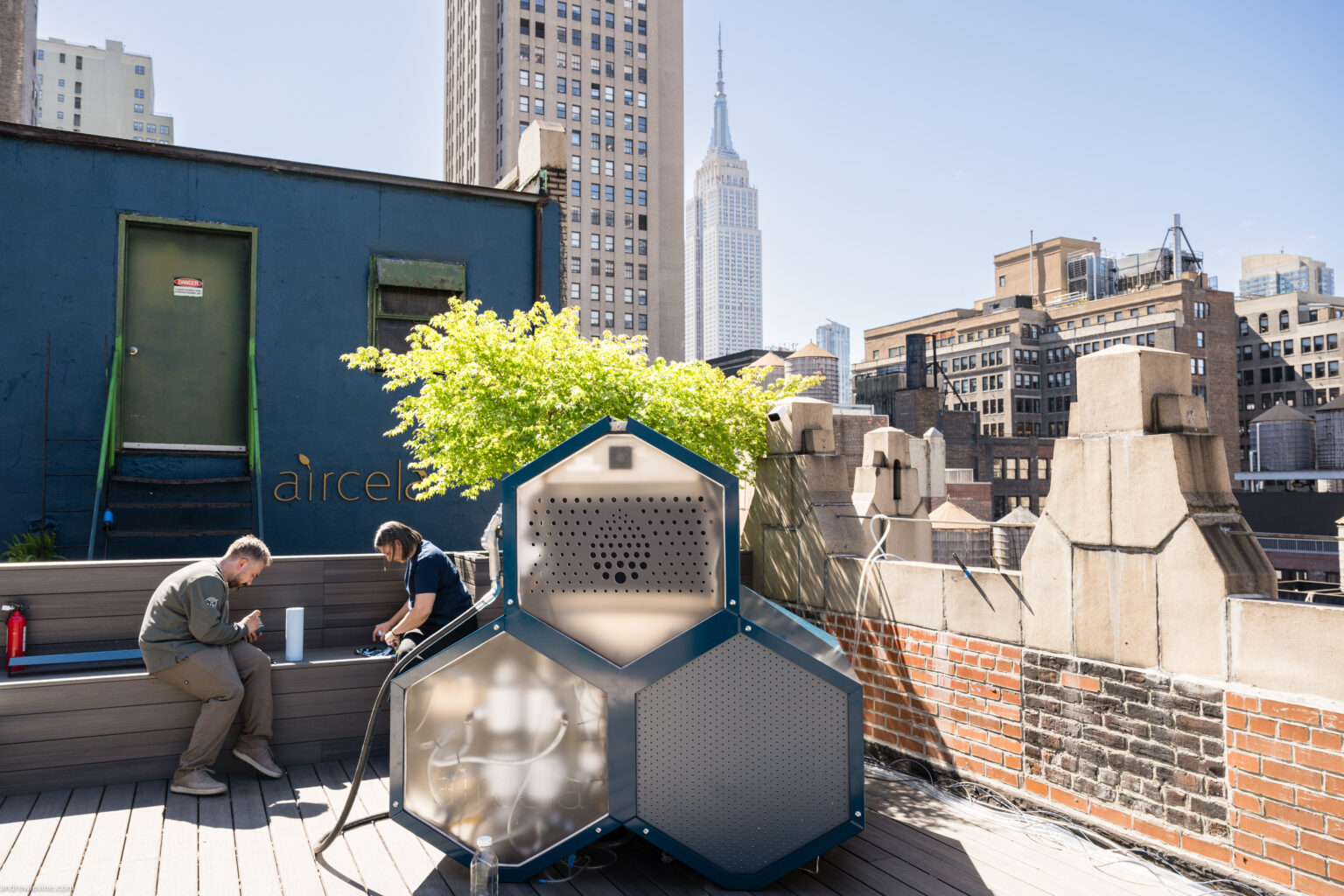Subscribe to the Cutting-Edge Science Weekly Newsletter 💡
Stay informed with daily updates on breakthroughs, innovative discoveries, and practical DIY tips delivered every weekday.
In 2022, the transportation sector was responsible for approximately 28% of all greenhouse gas emissions in the United States. The vast majority of these emissions originated from conventional gasoline-powered vehicles used daily. While electric vehicles (EVs) are often promoted as a cleaner alternative, decades of advocacy and billions of dollars in investments have yet to produce widespread adoption. Currently, EVs account for just about 8% of all vehicles on U.S. roads, and globally, roughly 90% of vehicles still rely on fossil fuels. The high costs associated with EVs and the environmental impact of mining essential minerals-necessary for their batteries-remain significant barriers. Moreover, many Americans are hesitant to abandon their traditional cars, despite the environmental toll.
Reimagining Personal Transportation: A New Approach
What if the choice to reduce environmental impact was no longer a matter of personal preference? This provocative question is at the heart of an innovative vision presented by Aircela, a startup based in New York specializing in alternative fuels. Earlier this month, the company announced the development of a groundbreaking device capable of producing usable vehicle fuel directly from the air. This technology, roughly the size of a commercial refrigerator, integrates direct air capture (DAC) with on-site fuel synthesis, utilizing only atmospheric air, water, and renewable energy sources-completely eliminating the need for fossil fuels.
During a live demonstration in New York, Aircela showcased its device producing gasoline on the spot, which can be immediately poured into the tank of any conventional vehicle. While many might dismiss this as a mere prototype, Aircela’s CEO, Eric Dahlgren, insists that their machine is fully operational and ready for real-world application.
“We didn’t just create a prototype; we built a functioning machine,” Dahlgren stated. “It’s not just a concept-it works.”
How a Home-Based Carbon Capture and Fuel Generation System Would Operate
Aircela’s device functions as a compact, portable carbon capture unit. Typically, carbon capture involves removing CO₂ emissions from industrial sources like power plants or manufacturing facilities. However, Aircela employs direct air capture technology, which extracts CO₂ directly from the atmosphere. Currently, Europe operates over a dozen DAC facilities, and the U.S. government is increasingly investing in this technology. Some existing systems, such as those by Climeworks, use large fans to filter CO₂ from the air, while others, like Carbon Engineering’s, utilize chemical mist processes to bind and extract the gas. Researchers are also exploring ocean-based carbon capture methods. The goal is to sequester greenhouse gases and repurpose them-Aircela aims to recycle captured CO₂ into usable fuel.
The company claims its device captures about 10 kilograms of CO₂ daily, converting it into roughly one gallon of gasoline. The machine’s storage capacity is around 17 gallons, comparable to a typical pickup truck’s fuel tank of approximately 21 gallons. While this doesn’t allow for overnight refueling of a full-sized vehicle, it represents a significant step toward decentralized fuel production. The company emphasizes that affordability and scalability are central to their mission, with plans to mass-produce the device to reduce costs over time.
Targeted for launch by fall 2025, Aircela envisions its product serving residential users, small businesses, and commercial fleets alike, providing a flexible solution to reduce reliance on fossil fuels without altering daily routines.
The Big Question: Can This Technology Scale Effectively?
One of the most pressing challenges facing this innovative approach is scalability. While a single device can produce a modest amount of fuel, it’s unlikely to make a substantial dent in global carbon emissions on its own. Nonetheless, Aircela argues that the small size and modular nature of their system make it highly adaptable and cost-effective, enabling deployment at various scales-from individual households to large fuel stations or logistics hubs.
“Our goal is to deliver carbon-neutral fuels to as many people and locations as possible, as quickly as possible,” Dahlgren explained. The flexibility of their design could allow for rapid expansion, especially if renewable energy sources power the devices, ensuring that the entire process remains environmentally friendly.

However, the success of this vision hinges on the continued advancement and integration of renewable energy infrastructure. If the device relies on electricity generated from fossil fuels, its environmental benefits diminish. While the U.S. is making progress toward cleaner energy, policy shifts and political priorities-such as the current administration’s emphasis on fossil fuel development-could influence the pace of adoption. Dahlgren emphasizes the importance of addressing climate change with urgency and a broad perspective.
“We cannot afford to wait many years,” he asserts. “Immediate action is essential to create meaningful change.”
Update, May 28, 2025, 4:23 PM ET: This article has been revised to include additional comments from an Aircela representative.
Correction, May 29, 2025, 10:09 AM ET: An earlier version incorrectly stated the amount of CO₂ captured per day. The figure has been corrected, and we apologize for the oversight.

